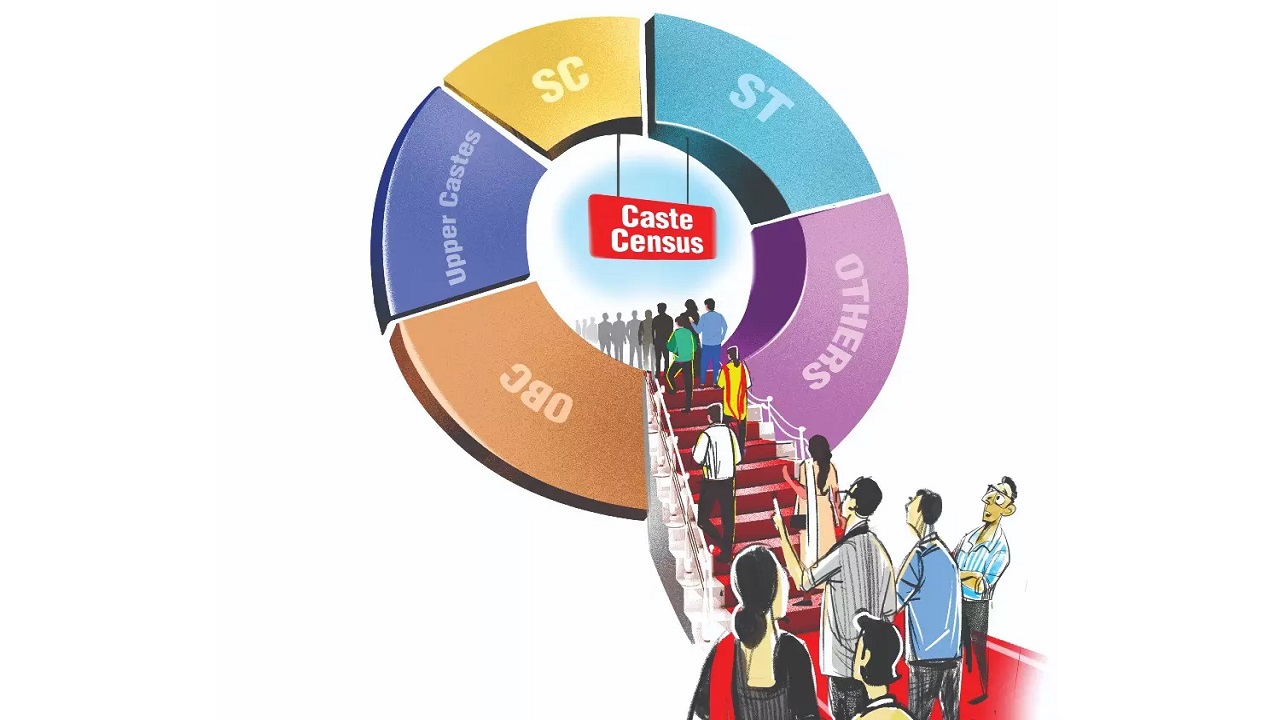Context:
India’s aviation industry has witnessed remarkable growth in recent years. However, this rapid expansion has also highlighted critical issues including a severe shortage of experienced pilots.
Background:
India’s aviation industry is a collective sector encompassing all aspects of civil aviation within the country. It includes various components, such as airlines, airports, aircraft manufacturing, aviation services, and regulatory authorities.
Status of India’s Aviation Industry:
- India has become the third-largest domestic aviation market in the world. India’s airport capacity is expected to handle 1 billion trips annually by 2023.
- According to the data released by the Department for Promotion of Industry and Internal Trade (DPIIT), FDI inflow in India’s air transport sector (including air freight) reached USD 3.73 billion between April 2000 – December 2022.
Challenges/Issues faced by India’s Aviation Industry:
- Many major airports in India, including those in Mumbai and Delhi, face severe congestion, leading to delays and operational inefficiencies. Many major cities are well-connected, and smaller towns and regions often lack adequate airport infrastructure and air connectivity.
- Indian airlines are projected to record a consolidated loss of $1.6 to 1.8 billion in FY24, due to the heavy financial bleeding of Go First, Spice Jet, and Jet Airways.
- High taxes on aviation turbine fuel (ATF) and airport charges contribute to increased operating costs. Some Indian states charge up to 30% taxes on jet fuel, which makes shorter flight routes unprofitable for smaller airlines.
- India’s per capita penetration of domestic air travel (0.13 seats deployed per capita) remains significantly lower than countries like China (0.49) and Brazil (0.57). This indicates the failure of the aviation industry in India to tap the maximum potential of the domestic air market.
- Airlines in India often announce ambitious growth plans without adequately analysing their financial security, infrastructural and personnel requirements. For example- The failure of Kingfisher, Jet Airways, and Go First on account of inflated projections.
- Beyond terrorism and hijacking, security concerns are increasingly associated with cyber threats to aviation infrastructure, which can disrupt operations and compromise passenger data.
- The Aircraft Act, of 1934 and Aircraft Rules, of 1937 have not kept pace with modern technology in aerospace. This has led to increased costs for the industry’s operation and ultimately affected passenger growth.
Government Initiatives to Promote Aviation Sector in India:
- National Civil Aviation Policy, 2016 aims to improve the international footprint of India-based airline services. Airlines can commence international operations, provided they deploy 20 aircraft or 20% of their total capacity (whichever is higher) for domestic operations.
- UDAN Scheme aims to expand access to air travel for Tier 2 and Tier 3 cities and shift the traffic pattern away from Metro routes.
- Open Sky Policy aims to liberalise the aviation sector in India by opening the airport sector to private participation.
- Open Sky Air Service Agreement allows for airlines from the two countries to have an unlimited number of flights as well as seats to each other’s jurisdictions. India has signed these agreements with multiple nations like the US, Greece, Jamaica, Japan, Finland, and Sri Lanka.
- 100% FDI is allowed under the automatic route for greenfield projects, whereas 74% FDI is allowed under the automatic route for brownfield projects.
.jpg)
_(26).jpg)


Comments (0)